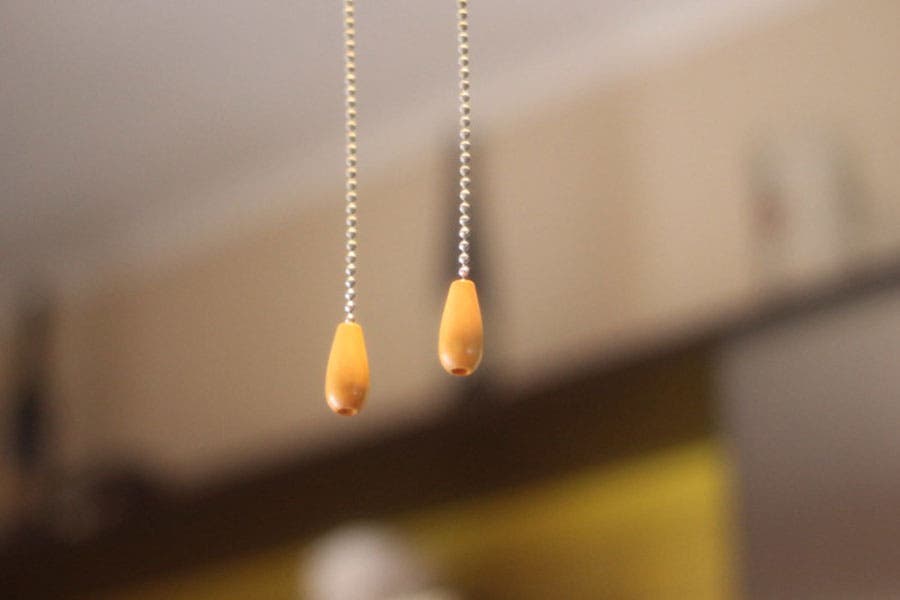

If it gets too close, there will be audible contact and error messages. The closer you focus toward infinity, the closer the rear element of the lens moves toward the mirror. If you’re shooting with a DSLR, make sure the mirror doesn’t hit the back of the lens when it flips up during an exposure.One instance is where you may want to use a speed booster for mounting full-frame lenses on a smaller sensor and retain more of the full-frame angle of view. So, while there are certain instances where lenses cannot be adapted to retain infinity focus without the use of a glass element, you’ll need to determine whether any image degradation takes place and if it’s a worthwhile trade-off. While glass elements are used to correct improper flange back distances and thus retain infinity focus, this extra piece of glass will affect the overall quality of your image. Try and use adapters that don’t contain a glass element.The result is that the lens won’t be able to focus all the way to infinity, which will in turn throw off the focus markings, but you’ll still be able to use the lens for close-up work that doesn’t involve landscapes and distant subjects. Using a lens adapter can alter this distance, and problems will arise when the flange back distance for the lens and adapter becomes greater than that of the camera. Cameras are designed with a specific flange back distance, which is the distance between the lens mount and the image plane. Make sure the adapter in question retains infinity focus for your lens.If this is something you’d like to explore, here are a few tips to ensure a smooth experience that you’ll love just as much as I do:
#LEGENDARY BOKEH LENS MEYERS 58 ISO#
Nikon Micro-NIKKOR 55mm f/3.5 f/5.6įreeman’s Alley Sony a7R III ISO 3200 1/13 sec. Although 58mm is an unusual focal length, its 14 aperture blades create some unique bokeh and its outdated coating renders lower contrast images with a timeless quality.Ībove Photograph Canon 5D ISO 400 1/125 sec. Another personal favorite is the Meyer Optik Görlitz Primoplan 58mm f/1.9, an M42 lens that was manufactured in East Germany between 19. Not only is it very sharp, even wide open, but it renders images with a warmer color balance. It features a concave front element, but what makes this lens truly unique is its design utilizes radioactive thorium elements to increase the refractive index while maintaining low dispersion. One of my favorite lenses to adapt is Canon’s FD 35mm f/2 SSC, which was made from March 1973 through April 1976.
Sometimes, you want a look that has the edge taken off and doesn’t scream “digital.” While there are modern lenses that offer advantages and improvements, photography isn’t always about maximum sharpness, intense contrast, super saturated colors, and perfectly controlled halation and flares.

Shooting with the optics of yesteryear opens you up to a world of alternatives, some of which are no longer made and, some of which, in my opinion, rival their modern counterparts. Although I’ll always be a film photography enthusiast, one of the things I love about digital cameras is the ability to create a more classic look by adapting vintage glass to DSLR and mirrorless models.


 0 kommentar(er)
0 kommentar(er)
